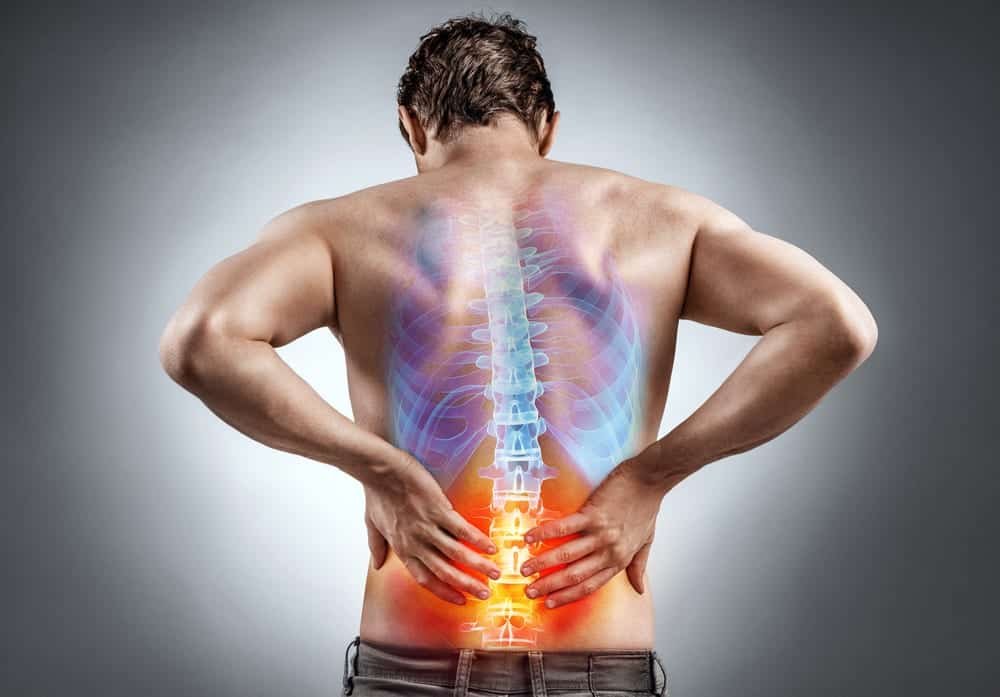
Mechanical lower back pain is one of the most common ailments affecting people worldwide. Characterized by pain originating from the spine, intervertebral discs, or surrounding soft tissues, this condition can significantly impact your daily life. At Physiopoint, we are dedicated to helping you understand and manage mechanical lower back pain effectively. In this blog post, we’ll explore the causes, symptoms, and treatment options for mechanical lower back pain, offering you practical tips for relief and prevention.
Understanding Mechanical Lower Back Pain
Mechanical lower back pain refers to pain that arises from the mechanical structures of the spine, such as the vertebrae, discs, ligaments, and muscles. Unlike systemic conditions, this type of pain is typically localized and often aggravated by movement or certain postures. Here are the primary causes:
- Muscle Strain: Overuse or sudden movements can cause muscle or ligament strain.
- Disc Degeneration: Age-related changes can lead to the breakdown of intervertebral discs, causing pain.
- Herniated Disc: A disc that bulges or ruptures can press on nerves, leading to pain.
- Poor Posture: Prolonged poor posture can strain the back muscles and spinal structures.
- Physical Inactivity: Lack of regular exercise can weaken the muscles supporting the spine.
Symptoms of Mechanical Lower Back Pain
Recognizing the symptoms of mechanical lower back pain is crucial for timely intervention. Common symptoms include:
- Localized Pain: Pain primarily in the lower back, which may radiate to the buttocks but rarely below the knee.
- Stiffness: Difficulty moving or bending, especially after prolonged periods of inactivity.
- Muscle Spasms: Sudden, involuntary contractions of the back muscles.
- Pain with Movement: Increased pain with activities such as bending, lifting, or twisting.
- Temporary Relief with Rest: Pain often improves with rest and worsens with activity.
Effective Treatment Strategies
Managing mechanical lower back pain involves a combination of rest, targeted exercises, and lifestyle modifications. Here are some effective strategies:
- Rest and Activity Modification:
- Avoid activities that exacerbate pain, such as heavy lifting or repetitive bending.
- Engage in gentle activities like walking or swimming to maintain mobility without straining your back.
- Ice and Heat Therapy:
- Apply ice packs during the initial 48 hours to reduce inflammation and numb the pain.
- Use heat packs or warm baths after the acute phase to relax muscles and improve blood flow.
- Physical Therapy:
- Participate in a physical therapy program tailored to strengthen the muscles supporting your spine.
- Learn specific exercises to improve flexibility and core stability.
- Pain Relief:
- Over-the-counter pain relievers like ibuprofen or acetaminophen can help manage pain and reduce inflammation.
- In some cases, your doctor may prescribe stronger medications or muscle relaxants.
- Posture Correction:
- Focus on maintaining good posture, both while sitting and standing.
- Use ergonomic furniture and adjust your workstation to support a healthy posture.
- Exercise and Stretching:
- Incorporate regular exercise into your routine, focusing on low-impact activities like walking, swimming, pillates or yoga.
- Perform stretching exercises to keep your back muscles flexible and reduce tension.
- Lifestyle Modifications:
- Maintain a healthy weight to reduce stress on your spine.
- Practice good body mechanics, such as bending at the knees when lifting objects.
Preventive Measures
Preventing mechanical lower back pain is key to maintaining an active and pain-free life. Here are some tips to help you prevent future episodes:
- Stay Active: Engage in regular physical activity to strengthen your back and core muscles.
- Practice Good Posture: Be mindful of your posture throughout the day, especially when sitting for long periods.
- Use Proper Lifting Techniques: Always lift objects by bending your knees and keeping your back straight.
- Maintain a Healthy Weight: Excess weight can put additional strain on your lower back.
- Stretch Regularly: Incorporate stretching exercises into your daily routine to maintain flexibility.
Conclusion
Mechanical lower back pain can be a debilitating condition, but with the right approach, it is manageable. At Physiopoint, we are committed to helping you find relief and improve your quality of life through personalized treatment plans and expert guidance. If you are experiencing lower back pain or need assistance with managing your condition, don’t hesitate to contact us for a consultation.
Take control of your back health and start your journey to pain-free living with Physiopoint. Reach out to us today!
Feel free to contact Physiopoint for more information on managing mechanical lower back pain and to schedule an appointment with one of our specialists. Together, we can develop a tailored plan to help you achieve optimal back health and well-being.
